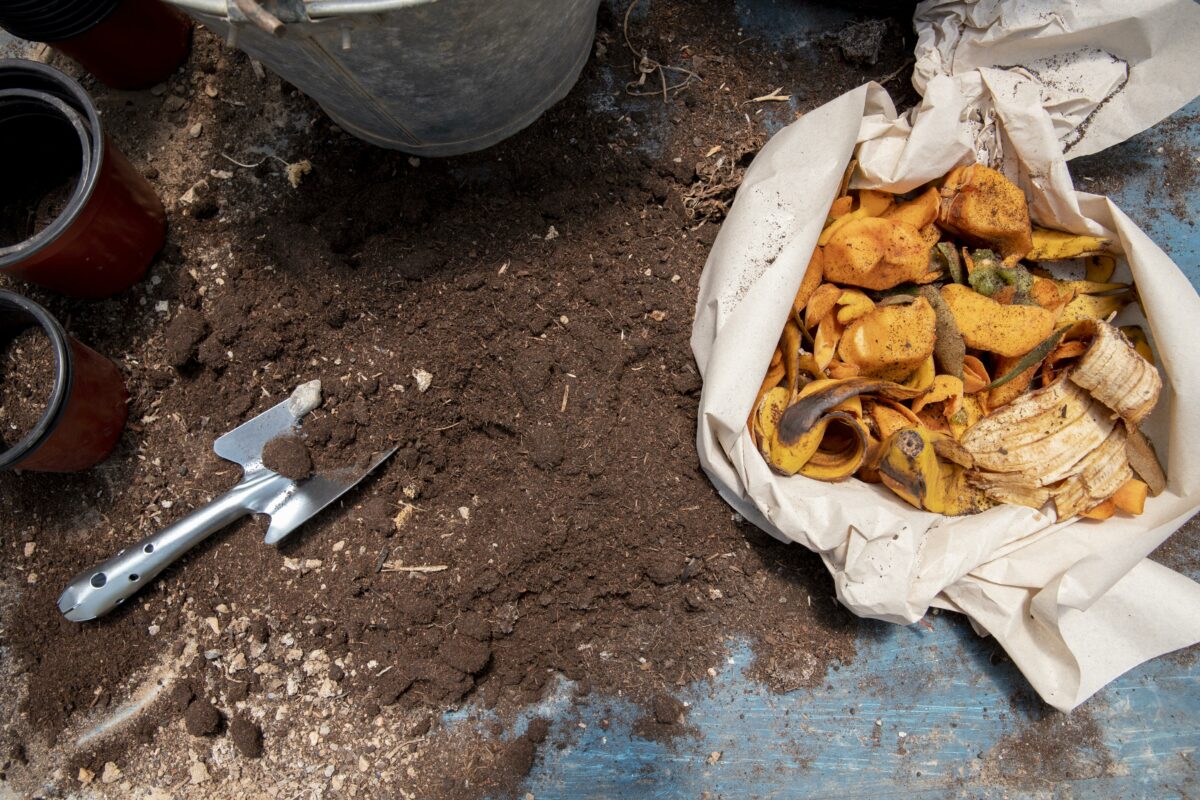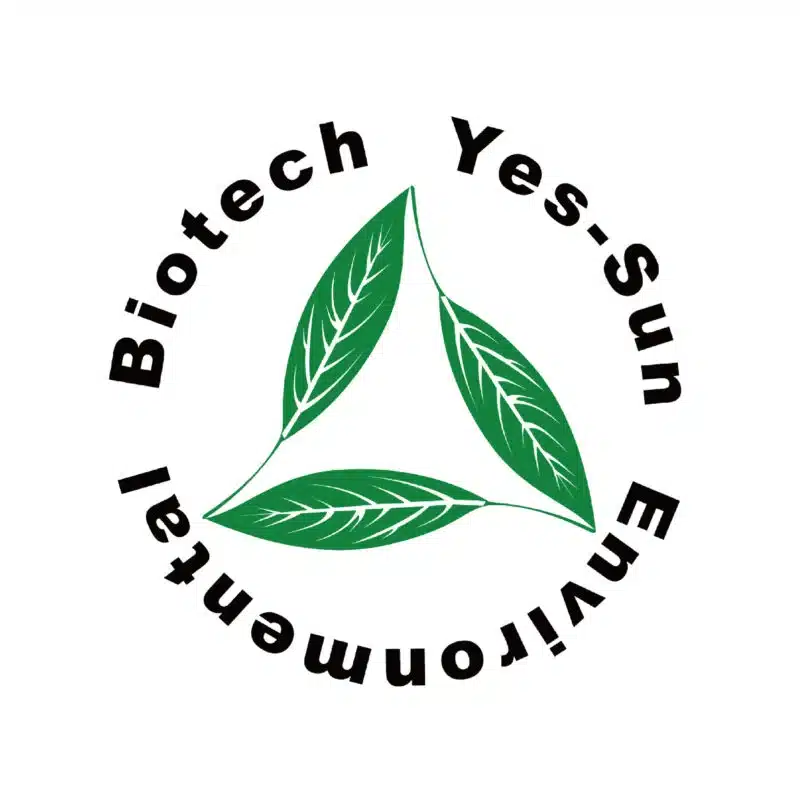
What is Vermicomposting and Worm Composting?
Vermicomposting, also known as worm composting, refers to the biological breakdown or decomposition of organic waste facilitated by specialized earthworms and microorganisms. It involves a combination of digestion by the worms and subsequent decomposition processes that occur after the material is excreted by the worms. During this process, bacteria and other microbes continue the decomposition, resulting in a dark, humus-like substance that resembles compost produced through traditional bin composting.
Vermicomposting is an effective method of transforming kitchen scraps and other green waste into a nutrient-rich soil amendment. The end product, often referred to as worm castings, is a highly beneficial form of compost. It not only contains essential nutrients but is also teeming with microorganisms that contribute to the creation and maintenance of healthy soil.
Vermicompost has a distinct earthy smell and possesses qualities that make it valuable for enhancing soil fertility and plant growth. It is rich in nutrients and beneficial microorganisms, which contribute to improved soil health and plant vitality.
Overall, vermicomposting offers an efficient and sustainable way to convert organic waste into a valuable resource. It harnesses the power of earthworms and microorganisms to create a nutrient-dense compost that nourishes the soil and supports the overall health of plants.

Below lists the following benefits of vermicomposting.
➢➛ Increases the soil’s capacity to retain nutrients in a form accessible to plants.
➢➛ Improves soil structure by creating aggregates that enhance tilth and friability.
➢➛ Enhances aeration and internal drainage in heavy clay soils, reducing compaction and allowing roots to breathe.
➢➛ Increases water-holding capacity in sandy soils, improving moisture retention around plant roots.
➢➛ Introduces beneficial bacteria and microorganisms to the soil, fostering a healthy soil ecosystem.
How to make Vermicomposting?
✶→ Take a large wooden box or dig a pit 30 cm deep. Put the wooden box in a shady area. Spread a net or a fine chicken mesh at the bottom of the box.
✶→ Spread some vegetable wastes, fruit peels, dried animal dung, husk, old newspapers, etc. on it. The layer of waste should be loose for sufficient air and moisture.
✶→ Now, spread a layer of soil on it. Sprinkle some water to make the layer moist. Make sure that excess water is not used. Place some red worms in the vermicomposting pit. The red worms need food like fruit and vegetable peels, coffee powder, tea powder, weeds, etc.
✶→ After 30 days. If proper care is taken, the number of red worms will become double. Cover the pit with grass or gunny bags. Once in a few days, it is important to mix and move the top layer.
✶→ After 4 weeks. The compost is now ready. Put some food wastes in one corner so that all the worms move towards it. When red worms move to one corner. Remove the remaining part of compost. Dry the compost in the sun.
✶→ After few days. Vermicompost is ready. Part of the compost containing worms can be reused in vermicomposting. This method of making compost with the help of red worms is called vermicomposting.
Pros of Vermicomposting
➢➛ Easily done in small batches
➢➛ Works during cold weather if done indoors.
➢➛ Less nitrogen loss.
Cons of Vermicomposting
➢➛ Less nitrogen loss.
➢➛ Worms have to be separated from the compost before it is added to the garden.
➢➛ Not easily manage by home owners for large amounts of yard waste.
➢➛ Does not kill weed seeds.
➢➛ Produces nitrous oxide and methane- harmful greenhouse gases.
➢➛ Leachate may spread plant pathogens.
Vermicomposting vs Traditional Bin Compost
In addition to the chemical differences discussed above, the following sections discuss other differences between the two processes.
Temperature
Conventional composting relies on the right ratio of carbon to nitrogen and the action of microbes to carry out the degradation process. When these conditions are right, the process produces a lot of heat, hence the term hot composting. In vermicomposting, the process is carried out at cooler temperatures by the action of the worms and the microbes.
Nitrogen Levels
A hot environment releases more nitrogen into the air than a cooler process. Consequently, vermicomposting usually results in a compost with higher nitrogen levels. Since the nutrient most likely to be deficient in any soil is nitrogen, vermicomposting has an advantage.
Killing of Seed
Hot composting kills weed seed, while cold composting such as vermicomposting does not. However, in most home systems, weed seeds are not introduced as food for the worms, so this may not be a major issue. It does become a more important consideration in large scale production of vermicomposting when it uses input ingredients that contained weeds. This is more likely the case for purchased vermicomposting.
Speed of Decomposition
Conventional hot composting is a relatively fast process which is followed by a slower process in which the compost goes through a finishing step. Vermicomposting also consists of two steps, one inside the worm, followed by a slow maturation process. Compared to hot composting it is a slower process. However, it is difficult to compare the so-called finished compost from the two processes. At best, some gross level tests can be done to measure the degree of completeness, but these do not give an accurate comparison. When the two processes were compared using cattle manure the final C:N ratio was lower for vermicomposting, indicating that it was a more complete process. The other thing to keep in mind is that in the home garden, conventional composting rarely gets hot enough and therefore bin composting is a much slower process. For home gardeners it is impossible to know which process is faster – you can’t ‘see’ the completeness of the process.So-called finished compost from either source is still a long way from being completely decomposed- which is good news since it means they will feed the garden for years.
Production of Greenhouse Gases
All that is nice science but which compost results in better plant growth? Some studies show one or the other as superior, but the consensus is that neither compost produces better plant growth than the other. A lot depends on the specific conditions of soil, technologies used and input ingredients. It is incorrect to say that vermicomposting produces better compost unless your soil needs more phosphorus and calcium. The high phosphorus levels actually mean that for most soils bin compost would be a better choice.
Plant Growth
Every composting process produces some greenhouse gases, like CO2. Because vermicomposting happens at least partially inside the worm, it is an anaerobic process which produces both nitrous oxide and methane. Both of these gases are many times more harmful to the environment, as far as global warming goes, than CO2From a global warming perspective, traditional bin composting may be a more environmentally sound process. I say ‘may be’ because such calculations are very hard to do, and I doubt anyone has done them.



 中文 (台灣)
中文 (台灣) Bahasa Indonesia
Bahasa Indonesia Tiếng Việt
Tiếng Việt Bahasa Melayu
Bahasa Melayu Français
Français Español
Español Português
Português